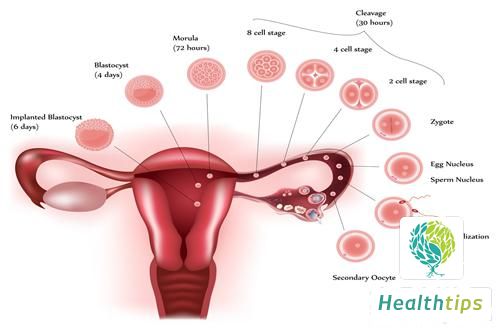Ultrasound hysterosalpingography may cause some pain, and lower abdominal pain along with anal fullness sensation after the examination are both normal phenomena, and there is no need to worry. The level of pain during hysterosalpingography is generally acceptable, but it varies from person to person, mainly depending on the proficiency of the doctor's operation, whether the patient cooperates with the doctor, and the condition of the uterus itself. If there are uterine diseases or blocked fallopian tubes, the pain may be more severe. The degree of pain during hysterosalpingography is mainly related to the following factors:

1. The proficiency of the doctor: It plays a decisive role in the pain caused by hysterosalpingography. Hysterosalpingography is a professional examination to check the patency of the fallopian tubes, and only specialized doctors who specialize in infertility can have more experience with this procedure.
2. Patient cooperation: Some patients do not cooperate with the doctor, sometimes due to shyness or embarrassment, which seriously affects the doctor's operation and slows down the procedure.
3. Uterine factors: Patients with uterine diseases such as uterine fibroids, congenital small uterus, intrauterine adhesions, tight cervical os, or excessive uterine flexion may have difficulty with catheterization, which can slow down the procedure or even prevent it from being completed if the doctor lacks experience.
After hysterosalpingography, there may be some discomfort, which will gradually ease after half an hour. This is related to the individual's sensitivity to pain. There may be vaginal bleeding and abdominal discomfort for a few days after hysterosalpingography, but it usually does not last more than a week. If there is any special discomfort after hysterosalpingography, it is essential to seek medical attention promptly rather than trying to self-medicate.

